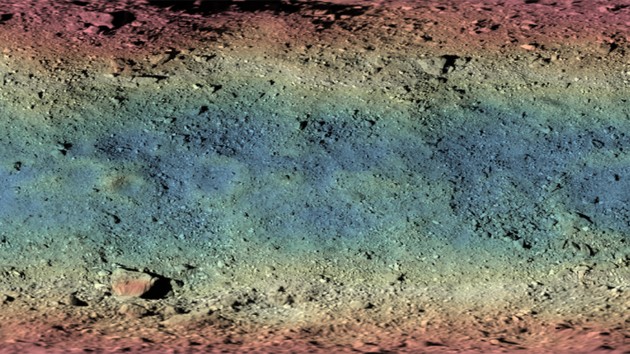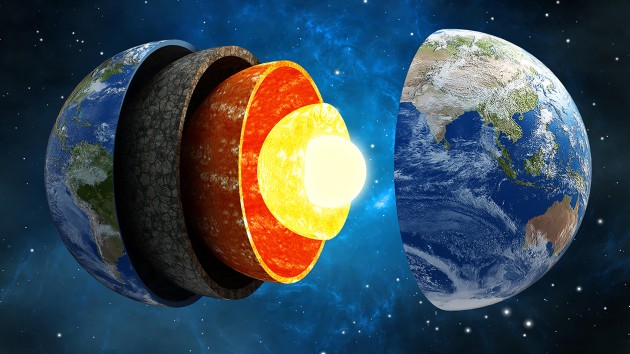Collection |
Collections
Filters
-
Collection Type
-
-
Collection |
 Nobel Prize in Physics 2019
Nobel Prize in Physics 2019
We present this Collection of research, review and comment from Nature Research to celebrate the award of the 2019 Nobel Prize in Physics to James Peebles “for theoretical discoveries in physical cosmology” and to Michel Mayor and Didier Queloz “for the discovery of an exoplanet orbiting a solar-type star”. Together, these discoveries have changed the way we view the Universe, and our place within it.
Image: Springer Nature/The Nobel Foundation/Imagesource -
Focus |
 Icy worlds
Icy worlds
Ice-rich planetary objects are geologically complex and diverse. Some harbour potentially habitable subsurface water oceans, so these bodies are a priority for further exploration.
Image: credit: NASA/JHUAPL/SwRI -
Collection |
 OSIRIS-REx mission to Bennu
OSIRIS-REx mission to Bennu
On 31 December 2018, NASA’s Origins, Spectral Interpretation, Resource Identification, and Security-Regolith Explorer (OSIRIS-REx) spacecraft began to orbit the asteroid (101955) Bennu, a near-Earth asteroid believed to harbour organic molecules and hydrated minerals.
Image: NASA/OSIRIS-REx/OCAMS -
Collection |
 Wildfire and ecosystems
Wildfire and ecosystems
A number of enormously destructive fires raged around the globe in 2018.
Image: Kathryn Capaldo / Alamy Stock Photo -
Collection |
 Targeting 1.5 °C
Targeting 1.5 °C
This evolving collection draws together content from Nature Climate Change, Nature Geoscience, Nature Communications and Nature to provide comment on how research might best inform decisions about limiting climate warming as well as presenting pertinent new research that addresses this very question.
Image: Mark Airs / Alamy Stock Photo -
Collection |
 Carbon Accounting
Carbon Accounting
Carbon accounting is crucial to efforts to tackle climate change. This collection highlights key physical and social science research.
Image: Getty, Fernanda Preto -
Focus |
 Carbon budgets and the 1.5 °C target
Carbon budgets and the 1.5 °C target
Budgets of carbon emissions that are consistent with limiting warming to no more than 1.5 °C over preindustrial temperatures have been hotly debated, following the Paris Agreement on climate change targets. Read more on these discussions in our web focus.
Image: Zoonar GmbH / Alamy Stock Photo -
-
Focus |
 10th Anniversary Focus
10th Anniversary Focus
Nature Geoscience launched a decade ago, in January 2008. We are celebrating our 10th anniversary with this web focus, where we collect a series of articles that reflect on progress in a few selected areas of the Earth and planetary sciences and on changes in the field and its relationship to society.
-
-

 Deep Carbon
Deep Carbon
 The Living Ocean
The Living Ocean
 Inland waters under threat
Inland waters under threat
 Core science
Core science